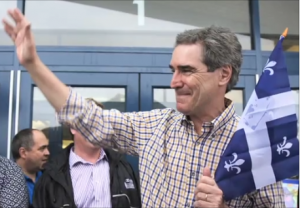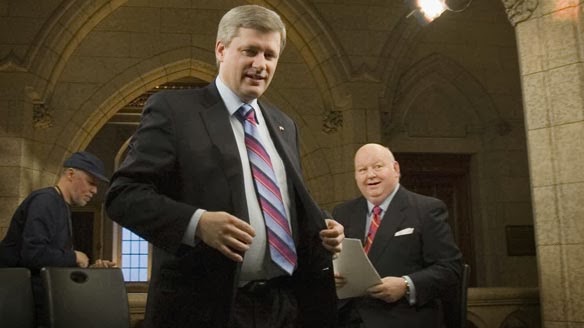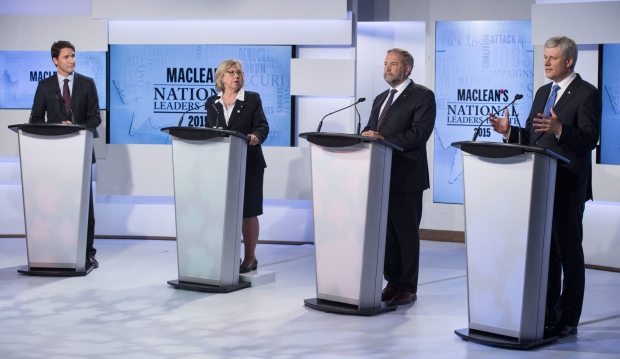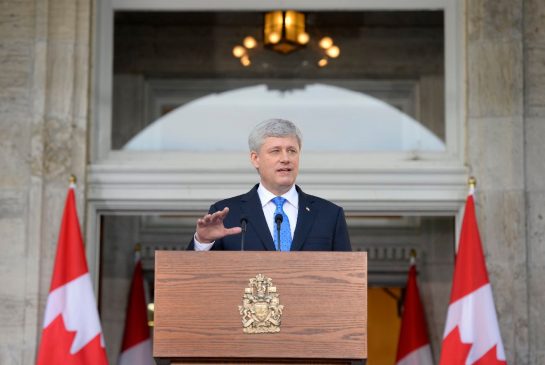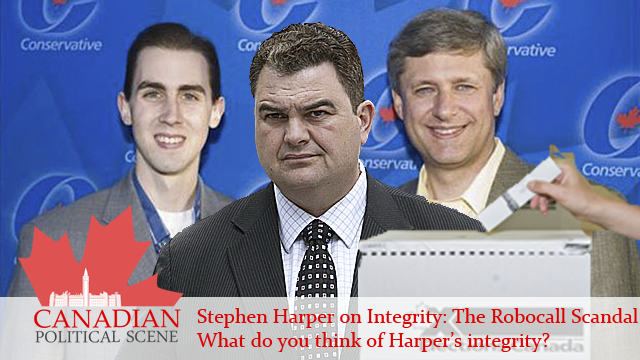The two main federal parties will be battling it out until May 2 and both have come out with a pair of ads each. The campaign style is different from the last election, but is similar to that of 2006, but reversed.
Liberal ads show a positive light on the potential of Canada while Conservative ads try to scare people from voting Liberal. In 2006, the process was reversed. But if something is noteworthy, it is that the Conservative ads aren’t as truthful as they should be – but that can’t be surprising considering all their scandals.
Liberal Ads
The Liberal Party of Canada released ads promoting their agenda for the country. A stark contrast from the ads they made in the 2006 election where they were using fear tactics. It appears that this time, around, the 2006 election has been flipped as the Liberals are using a similar style of ads that the Conservatives did and won with before they became petty.
The first ad is aimed at Quebec. Ignatieff speaks about its strong people and its strong views and uses a soft and upbeat tone to the commercial.
Ignatieff invites Quebecers to join him and his party.
The second ad promotes Ignatieff’s agenda for families. In this video he speaks to the people directly and uses a soft and gentle tone.
Ignatieff says that Canadians deserve better from the Government they pay for and promotes families.
Both these ads are in contrast to the ads that we have seen from both the Liberals and Conservatives in the past which promoted fear and used sharp and choppy tunes to grab attention.
Conservative Ads
The Conservative Party of Canada launched ads that attacked the Liberals and claimed that they want a coalition and the election will be for Michael Ignatieff. Most of what the Conservatives say in these ads, however, are contradictory to the reality and to their own views as well.
Conservative ad claiming that a vote for the Liberals is a vote for Ignatieff. Let us not forget that Harper scripts the members that he doesn’t muzzle.
The new Conservative ads also try to stake the claim that despite their scandals and mismanagement of Canada, they still deserve a shot to govern stating that we should not “risk changing course.”
Conservatives try to glorify themselves–one thing to note: The recession still happened and was averted due to a strong banking sector built by the Liberals, Nothing has been done for families, except for corporate tax breaks, and the Harper regime will assume that everyone is a criminal before giving them a fair shot.
It appears that Harper will be using fear tactics in this election, using the “coalition” and economy as his centerpieces – just like the Liberals used the military in the streets in 2006. In the end of the day, let us hope that he does not go as far as the Kim Campbell Tories in 1993 which gracefully gave Jean Chretien a Liberal majority government after that famous ”Face Ad.” However, seeing the Conservative style, it is bound to happen and the opposition has yet to reap the benefits.
Progressive Conservatives distance themselves from their personal attack ads in 1993 election.
Harper’s ads take the Liberal leader out of context several times. For the coalition, Ignatieff said that he wouldn’t mind one, not that he wanted one. A coalition isn’t that scary either, Harper should know, he wanted to topple the Martin government in 2004 and replace it with a Conservative-led coalition featuring “the socialists and separatists.”
Categories: Attack Ads, Conservative, Election, Families, Harper, Ignatieff, Liberal, Population, Quebec
On Monday, the longest campaign in modern history will come to a close and if current polls are any indication, Canada may be seeing a change in government after 9 years of Conservative rule under the leadership of Stephen Harper. Accountability was his calling card in 2006 and today, accountability may very well be one of the defining reasons for his departure.
On Monday, the longest campaign in modern history will come to a close and if current polls are any indication, Canada may be seeing a change in government after 9 years of Conservative rule under the leadership of Stephen Harper. Accountability was his calling card in 2006 and today, accountability may very well be one of the defining reasons for his departure.
In its length, in its cost and in its debate schedule, this election is unusual. The first and possibly only real debate of the campaign ended and here are the highlights of what happened.
In its length, in its cost and in its debate schedule, this election is unusual. The first and possibly only real debate of the campaign ended and here are the highlights of what happened.
Prime Minister Stephen Harper left Rideau Hall this morning with Governor General David Johnston’s approval to drop the writ and Canadians are now officially headed to the polls on October 19. For the first time since fixed election date legislation was brought in by the Conservative government, a fixed election date has been followed.
Prime Minister Stephen Harper left Rideau Hall this morning with Governor General David Johnston’s approval to drop the writ and Canadians are now officially headed to the polls on October 19. For the first time since fixed election date legislation was brought in by the Conservative government, a fixed election date has been followed.
Share this
article with your friends!
What do you think? Leave a comment!

